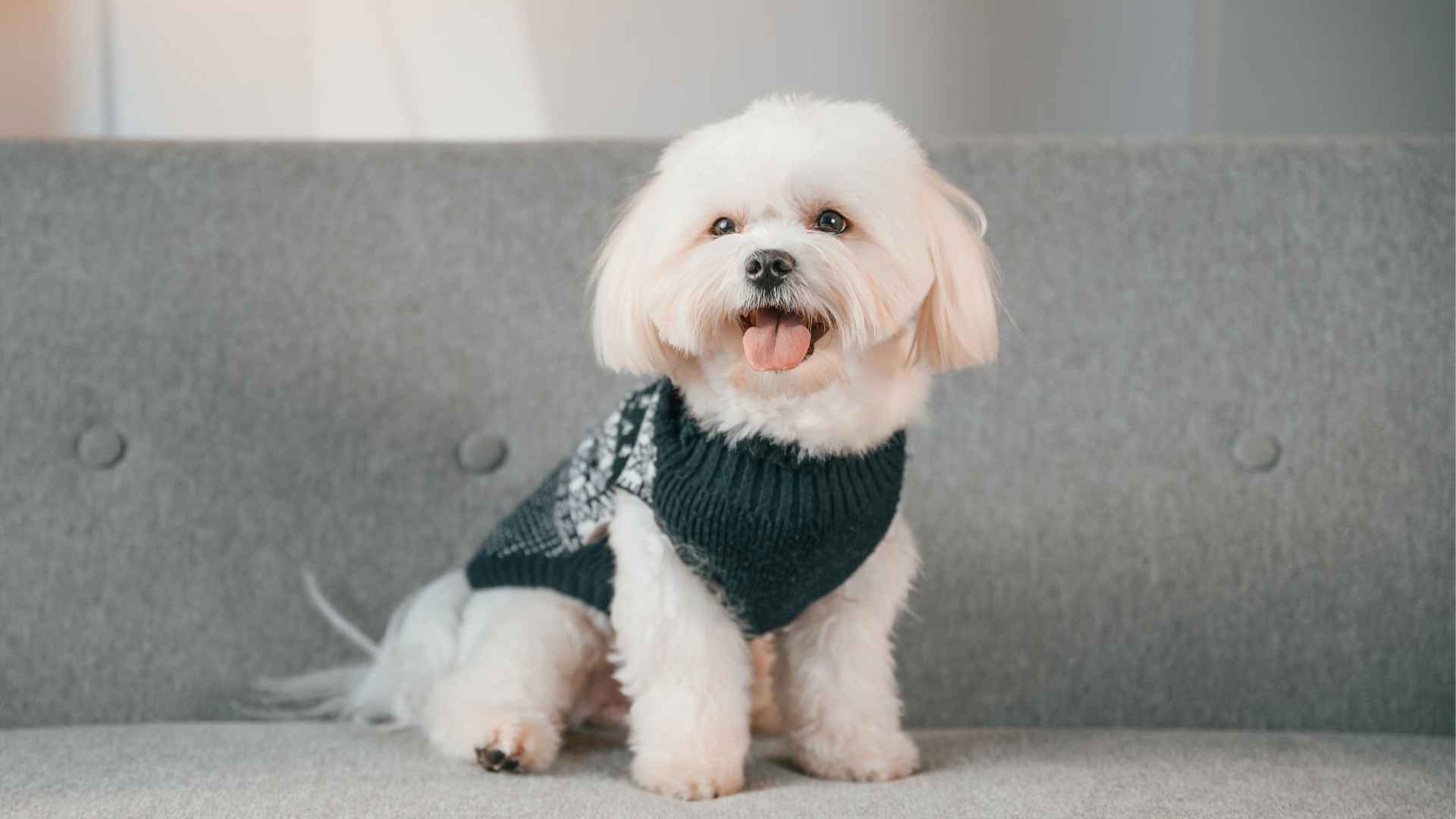You want a dog. You really do. But you keep thinking—where would it even go? There’s no yard. You barely have room for your own stuff. And walking a dog five times a day just isn’t realistic. So you wait. And wait.
But what if the problem isn’t you—it’s the type of dog you’re imagining? Not all dogs need space. Some dogs are completely fine living in small areas.
They don’t need long walks, they don’t need to run, and they’re not going to wreck your couch because they’re bored. They’re calm. Low-key. Loyal. The kind of dog that just wants to be where you are. No backyard required.
If you’ve been trying to make space for a dog in your life, but are not sure how, keep reading. You might find that the perfect one doesn’t need all that space after all.
Dog Breeds That Don’t Need Outdoor Space
1. Affenpinscher

Affenpinschers have a low activity threshold indoors, often pacing their own energy in tight quarters. Their curiosity is satisfied with indoor enrichment rather than constant open-air time. Compact apartments or studio setups match their rhythm well, needing minimal adjustment.
Self-Regulating Energy
They engage in short bursts of play but settle quickly without external prompting. There’s no pressure for extended walks or vigorous routines to keep them balanced. A few interactive toys and brief indoor games easily meet their needs.
Confident Without Outdoor Dependency
This breed’s temperament remains stable even when outdoor access is limited for long periods. Their independence prevents restlessness, and they rarely exhibit frustration behaviors. This consistency makes them ideal for city homes or spaces without direct outdoor access.
Known for Their Apartment Resilience
One of the most adaptable small dogs, the Affenpinscher thrives in small spaces without becoming needy. Though often referred to as a lap dog, their confidence and self-direction give them an edge in urban living, as stated in Omlet.
2. Australian Terrier
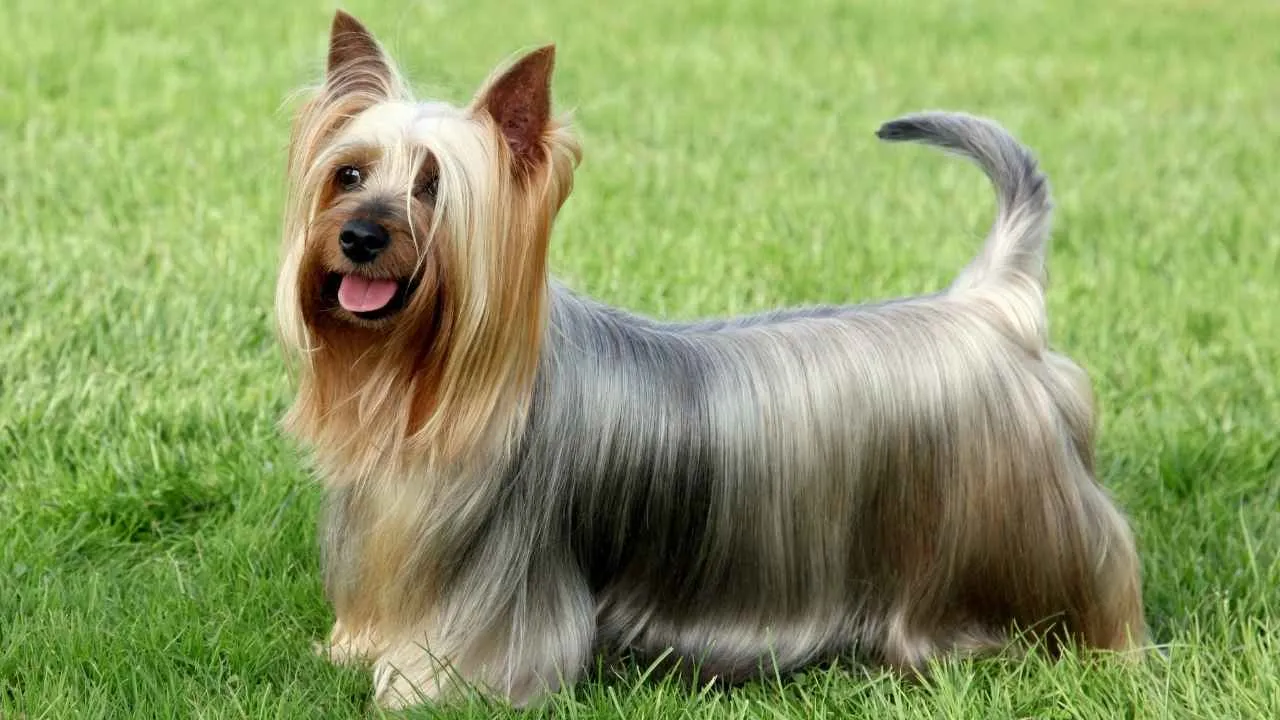
Australian Terriers maintain sharp mental engagement without needing expansive outdoor areas. Their curiosity is satisfied through scent-based games and puzzle toys in indoor settings, as per Showsight Magazine. Compact living doesn’t hinder their alertness or responsiveness to subtle changes around them.
Historically Conditioned for Flexibility
Originally bred to work in the rugged terrain of Australia’s outback, they were shaped to adapt—indoors or out. What makes them stand out is their drive without dependence on external space. That tenacity is preserved even in modern urban homes.
Vocal Yet Manageable Indoors
Though naturally expressive, their barking is purposeful, triggered by sounds or unfamiliar movement. This predictability helps with training, especially in apartments with thin walls. Clear boundaries and light supervision keep them from becoming vocal nuisances.
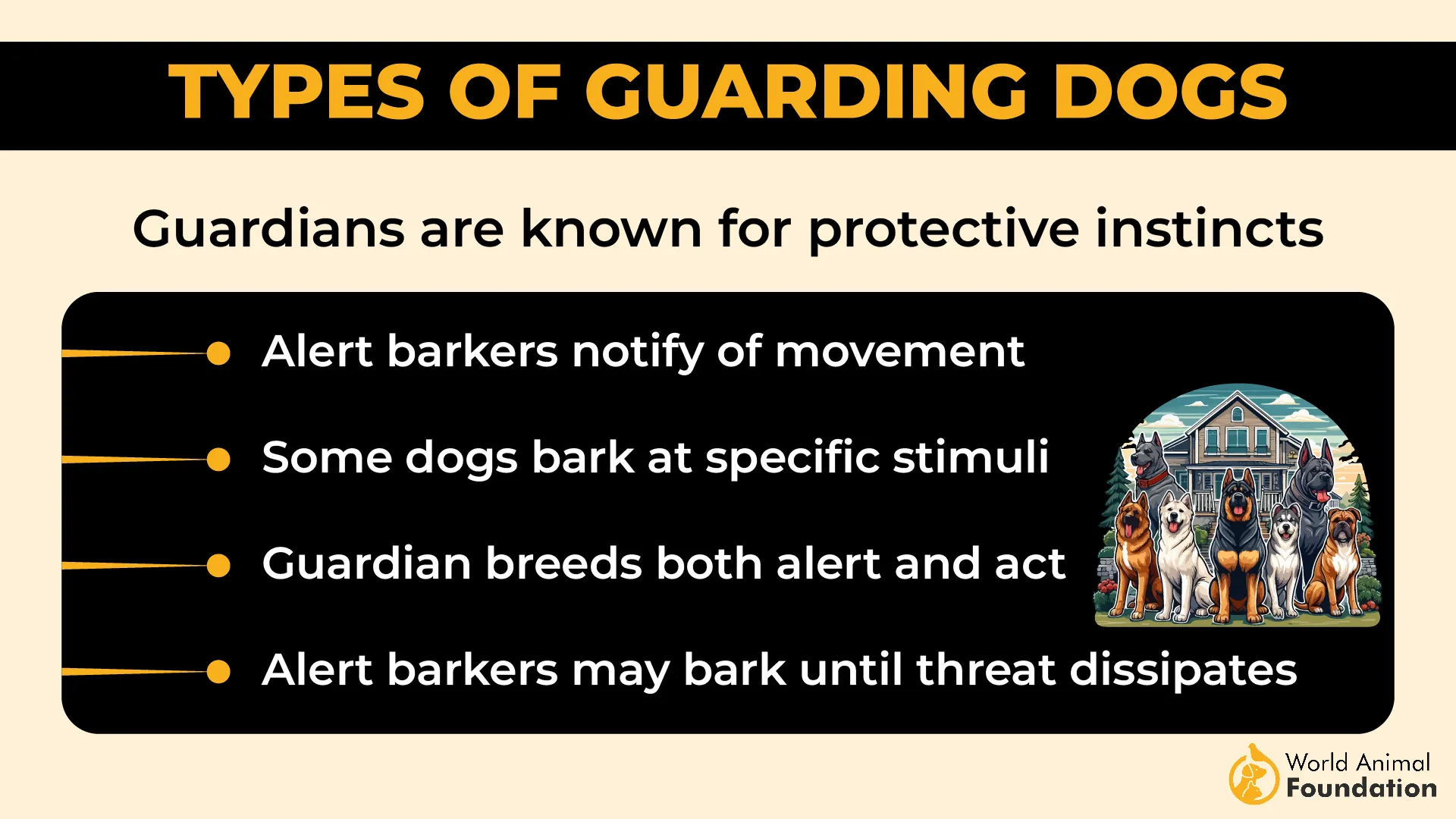
Space-Smart Among Sturdy Companions
Among tiny dogs, Australian Terriers are unusually tough without being space-demanding. Compared to other breeds of similar size, they display a more grounded disposition—neither needy nor hyper.
Their rough coat and earth-toned coloring even earned them the nickname “rough-coated terrier,” a nod to their rugged charm.
3. Basenji
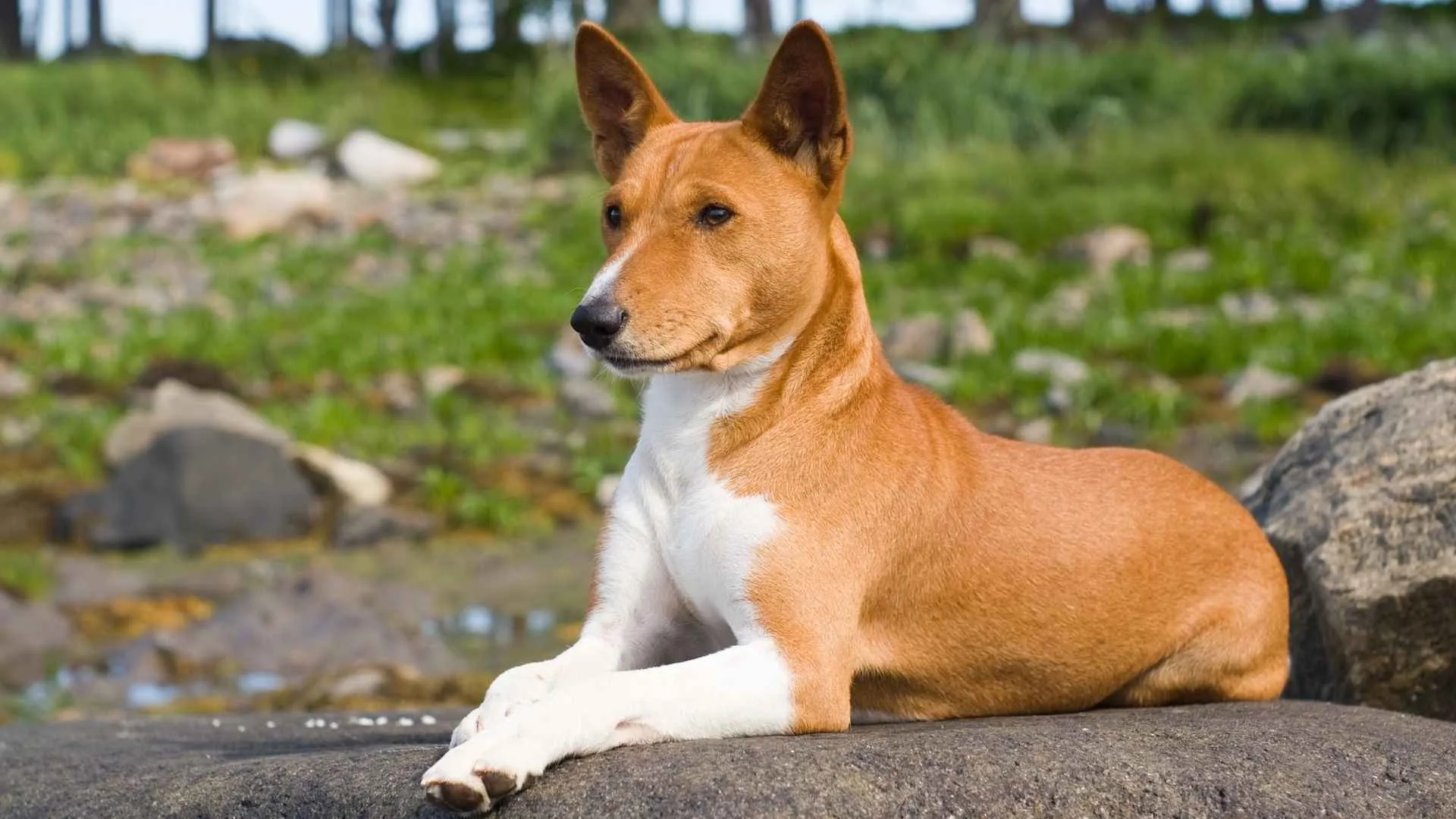
Basenjis have almost no detectable doggy odor and groom themselves daily, much like cats, as per the AKC. This trait makes them exceptionally well-suited for tightly enclosed areas without ventilation stress. Their indoor presence stays clean and contained—ideal for urban setups.
Silent Breed, Stress-Free Neighbors
Known as the “barkless dog,” the Basenji doesn’t vocalize in the way most dogs do. Instead, they make a low yodel-like sound called a baroo, and only in specific contexts. In apartments, this keeps noise complaints and startled neighbors out of the picture.
Energy Without Destruction
They’re athletic, but not chaotic indoors—short play sessions and mental stimulation hold their focus. Puzzle feeders or hide-and-seek games serve them better than long outdoor runs. Their brain stays engaged without needing a huge yard or constant space to roam.
Historically Adapted to Close Quarters
Originally used in central African villages, they adapted to dense, communal environments with no open land. This history aligns them naturally with today’s smaller living spaces, as they are used to thriving in compact, controlled surroundings. The structure suits their instincts rather than limits them.
4. Basset Hound
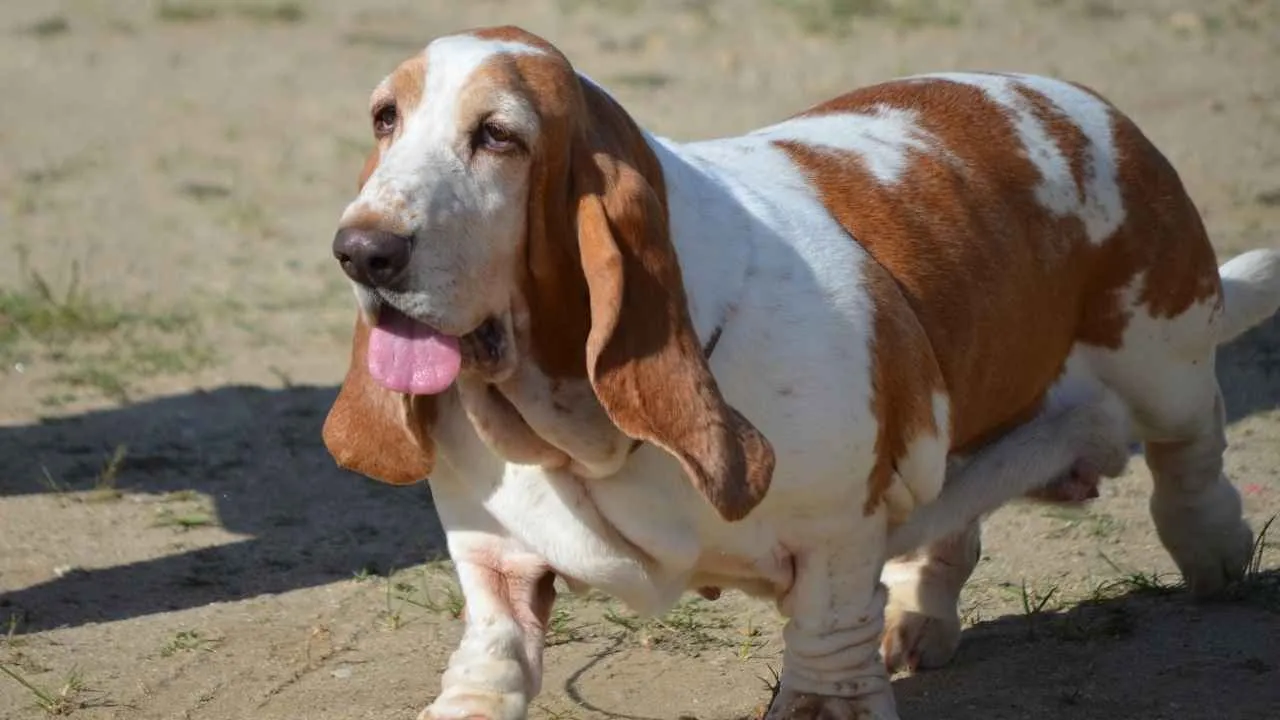
Basset Hounds have one of the lowest indoor activity needs among scent hounds, often content to nap through large portions of the day. Their stamina is reserved for short sniffing walks, not endurance or constant engagement. This makes them extremely compatible with slow-paced, indoor lifestyles.
Movement is Low and Manageable
Due to their heavy-boned structure and short legs, fast-paced exercise isn’t ideal or needed. They tend to move methodically, favoring calm indoor strolling over energetic running. Limited mobility actually supports their health when monitored with balanced feeding.
Not Easily Distracted by Noise
They adapt well to shared walls, elevators, and hallway sounds in apartments without frequent barking. Their low reactivity to daily urban sounds helps apartment dwellers maintain peace with neighbors. Even unfamiliar indoor environments rarely trigger vocal outbursts.
Naturally Tolerant and Calm
Thanks to their gentle nature, Bassets tolerate sudden sounds, shifting spaces, and even cohabitation with other animals. They’re famously cooperative during indoor grooming and handling routines. Fun fact: their long ears help stir scent particles toward their nose—useful indoors where smells are subtle and focused.
5. Cavalier King Charles Spaniel
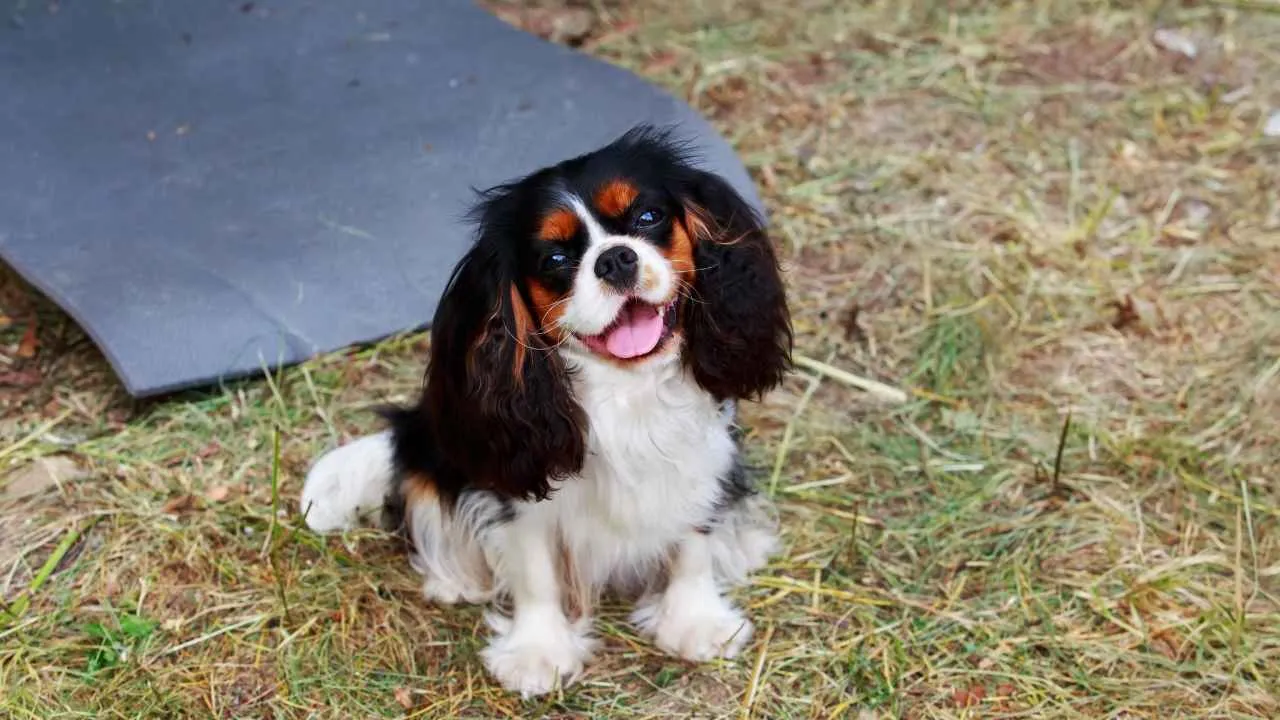
Cavalier King Charles Spaniels adjust remarkably well to indoor rhythms, especially in apartments or flats. They’re highly people-oriented, which reduces their dependence on outdoor stimuli. Long stretches indoors don’t affect their mood as long as they stay near their human.
Calm Even Without a Yard
Their exercise requirements are light, often fulfilled with indoor play or hallway strolls. This makes them especially suitable for settings with limited space, like high-rise homes. They rarely demand more than a brief walk and a few minutes of focused interaction.
Built for Lap-Centric Lifestyles
As a true toy breed, they were specifically bred to sit quietly with royalty—King Charles II reportedly kept multiple Cavaliers with him at all times, as per PetMD. That legacy lives on: they’ll sit calmly for hours, asking for little beyond presence and attention.
Sensory-Aware and Low-Impact
Their gentle awareness of surroundings makes them an adaptable dog in environments with foot traffic, noise, or nearby neighbors. They don’t bark excessively or react to every minor disruption. This sensitivity makes them unusually low-maintenance for city dwellers.
6. Chihuahua
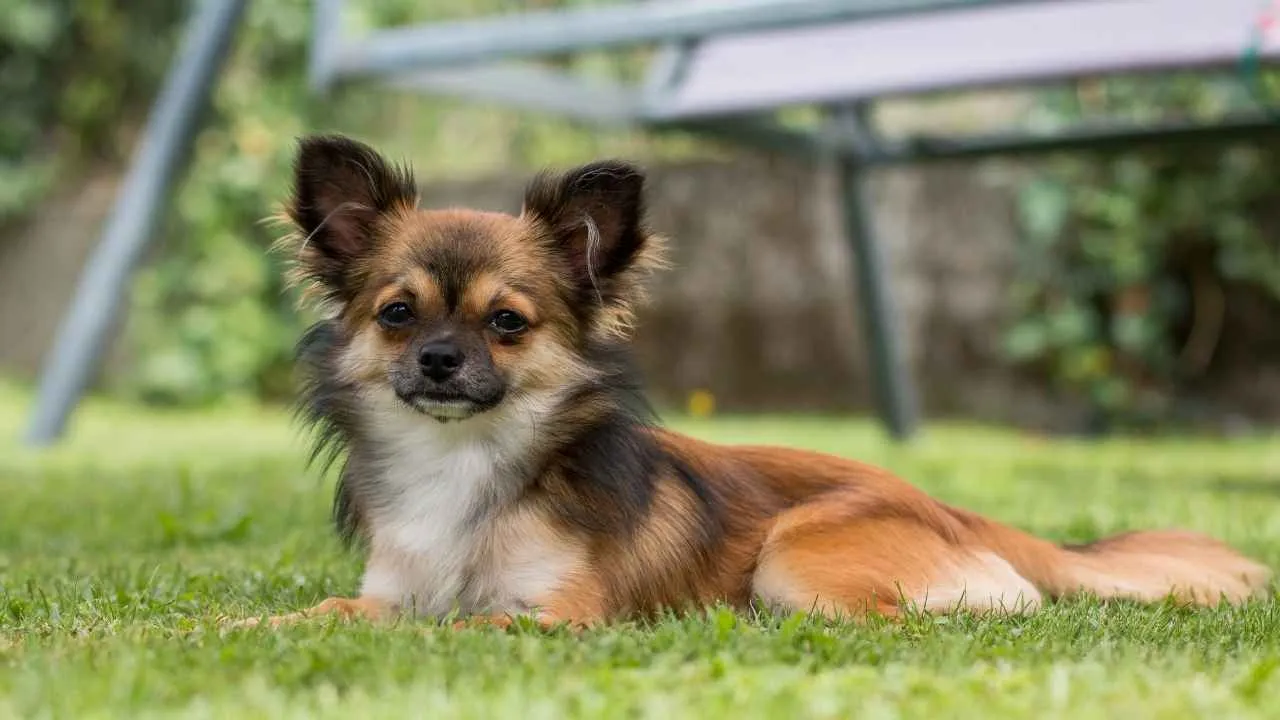
Chihuahuas are known to form territory boundaries within a single room, often patrolling favorite spots with a strong sense of ownership. This micro-territorial behavior makes them surprisingly well-suited to small-scale living. They don’t seek wide spaces—they dominate the ones they have.
Heat-Driven Instincts
This breed gravitates to warmth, not just for comfort but due to its low body fat and poor cold tolerance. They’re most active when cozy and will naturally seek out sunlit patches or warm cushions instead of outdoor activity. That biological preference anchors them indoors.
Expressive With Minimal Movement
Instead of physical exertion, Chihuahuas use vocal cues and body language to communicate needs. Their intelligence and boldness come through in dramatic flair, not energy bursts. Compact routines satisfy them—short hallway walks and mental games are more than enough.
Famous Loyalty in a Tiny Frame
Classified as a small breed, Chihuahuas bond intensely and don’t crave external exploration. Known as one of the most perfectly suited dogs for apartment life, they were famously favored by Mexican nobility for their portability and presence. Still today, their size and alert nature make them excellent pets for tight spaces.
7. Havanese
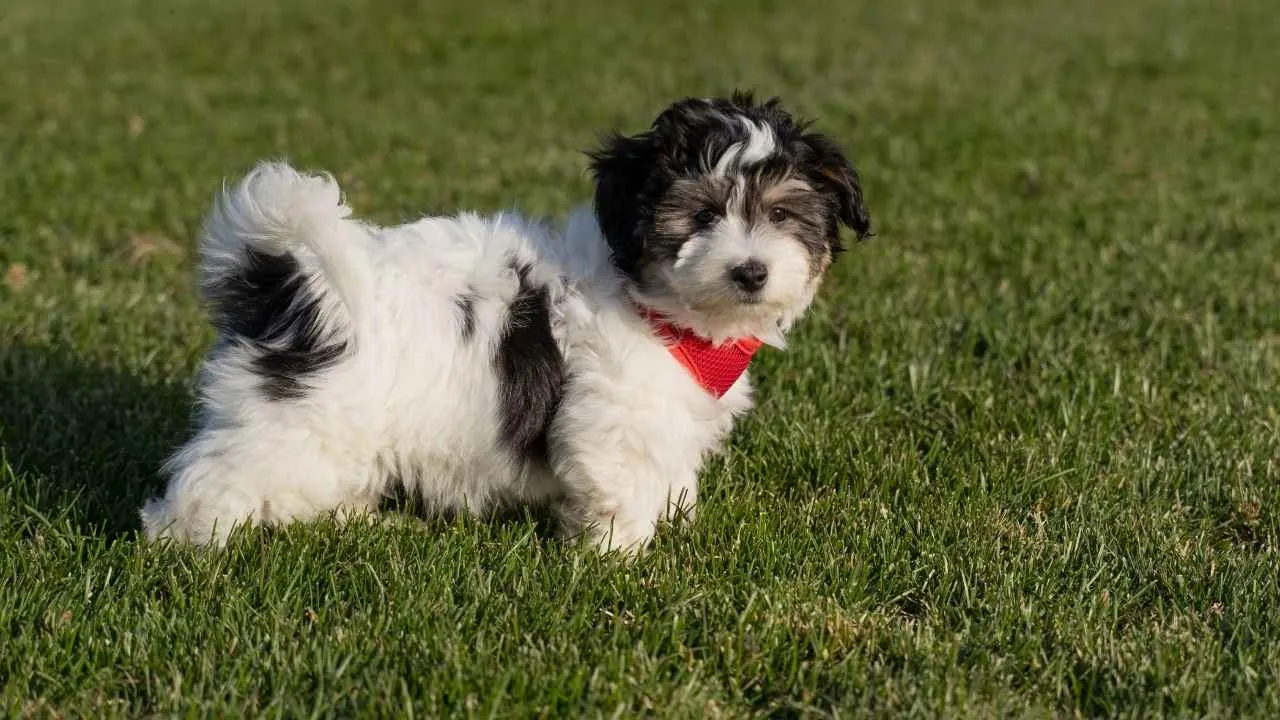
The Havanese was historically bred as a companion dog for Cuban aristocracy, often living exclusively indoors in elegant city homes. Their environment-focused adaptability makes them particularly well-suited for apartment or condo life. Open yards were never part of their original purpose.
Mentally Engaged Without Roaming
They’re extremely responsive to household routines, thriving on interaction more than space. Puzzle toys, hide-and-seek, or brief hallway fetch sessions keep them stimulated. Even older Havanese adjust well without needing structured outdoor challenges.
Calm Footprint Indoors
They’re light on their feet—literally. Their quiet gait and minimal jumping make them non-disruptive in shared buildings or on upper floors. Barking is rare when their emotional needs are met, so neighbors aren’t likely to hear much from them.
Famous for Velvet-Footed Living
The Havanese earned the nickname “Velcro dog” because they tended to stay near their owners rather than roam, as Omlet claims. But that closeness doesn’t translate to hyperactivity—they’re content to nap or follow gently from room to room. It’s this balance that makes them almost tailor-made for indoor living.
8. Maltese
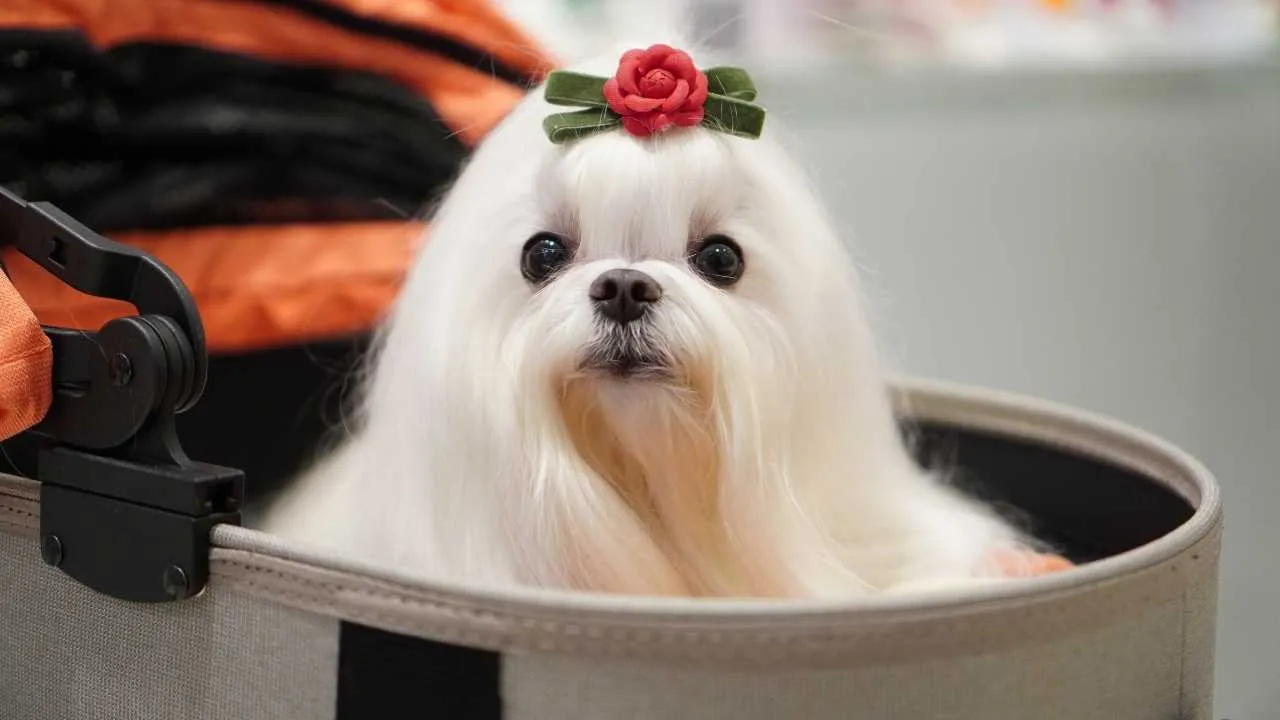
The Maltese moves with an awareness that suits tight corners, rugs, and even slippery floors. They avoid bumping into objects or creating chaos in confined areas. This spatial caution makes them exceptionally compatible with compact indoor setups.
Doesn’t Rely on Outdoor Distraction
They stay mentally content with moderate interaction, gentle play, or simply being around people. There’s no dependency on daily outdoor walks to reset their energy. Their emotional rhythm stays steady even without a yard or outdoor break.
Calm Energy with Quick Recovery
They release energy in soft bursts, often through short trots or playful twitches on the spot. After mild activity, they quickly settle into resting without pacing. This makes them easy to manage in homes where space and noise need to be controlled.
Low Weight, High Control
Weighing under 7 pounds, they’re one of the few small dogs that rarely test physical boundaries indoors. Even in small spaces, they remain composed rather than hyper-reactive. Their compact body and still posture keep them from overwhelming a room’s energy.
9. Pug
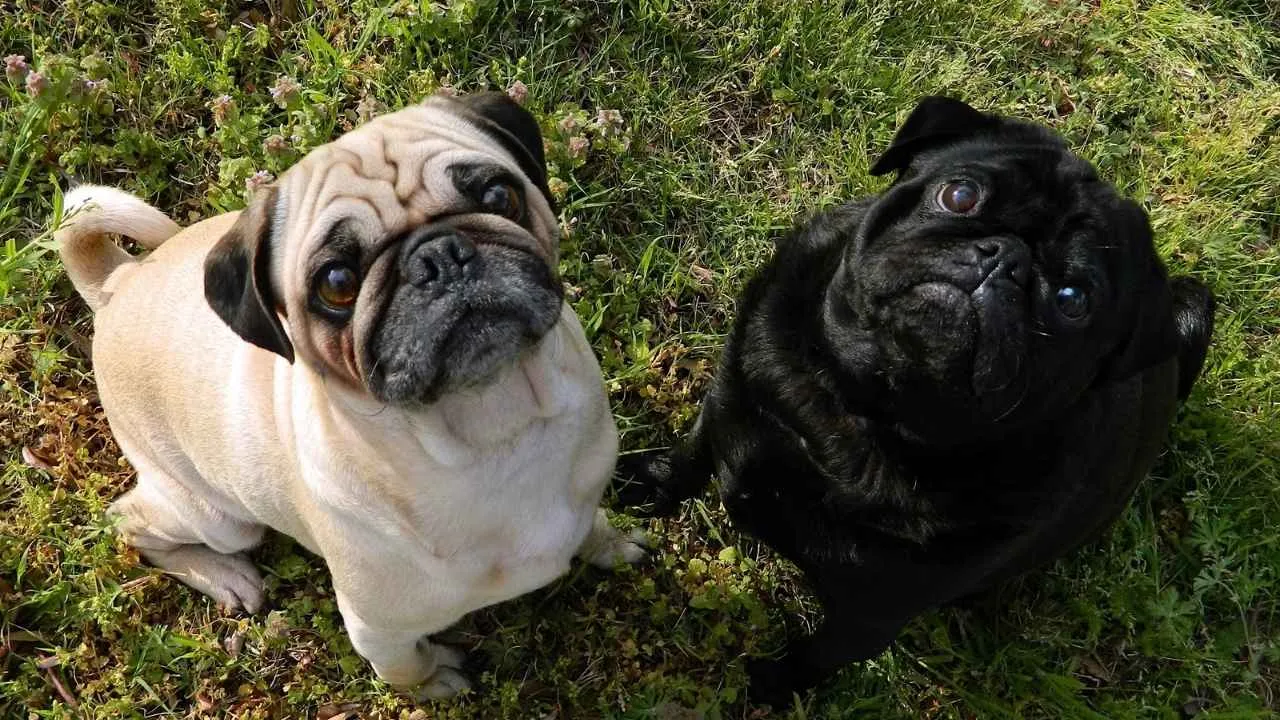
Pugs regulate their activity according to their surroundings, often mirroring the calm energy of indoor spaces. They’re sensitive to temperature and avoid overexertion, which naturally reduces their outdoor dependency. Their preference for shade and cool surfaces makes indoor comfort essential.
Limited Need for Physical Stimulation
Due to their brachycephalic skull structure, Pugs are not suited for high-endurance activities. Overexertion can lead to respiratory strain, so brief, low-energy indoor play is safer. Most enjoy structured indoor routines involving puzzles or light toy interaction.
Adaptation Through Human Bonding
This breed adjusts its routine around its human companion’s lifestyle, often syncing its schedule with minimal encouragement. They don’t demand space to roam but value shared routines, like quietly sitting through a movie or following from room to room.
A Palace Favorite for a Reason
Pugs were once bred as royal companions in ancient China, living entirely within imperial courts. That history shaped their preference for small spaces, where close quarters feel natural to them. Their compact build and mellow habits remain true to those origins.
10. Shih Tzu
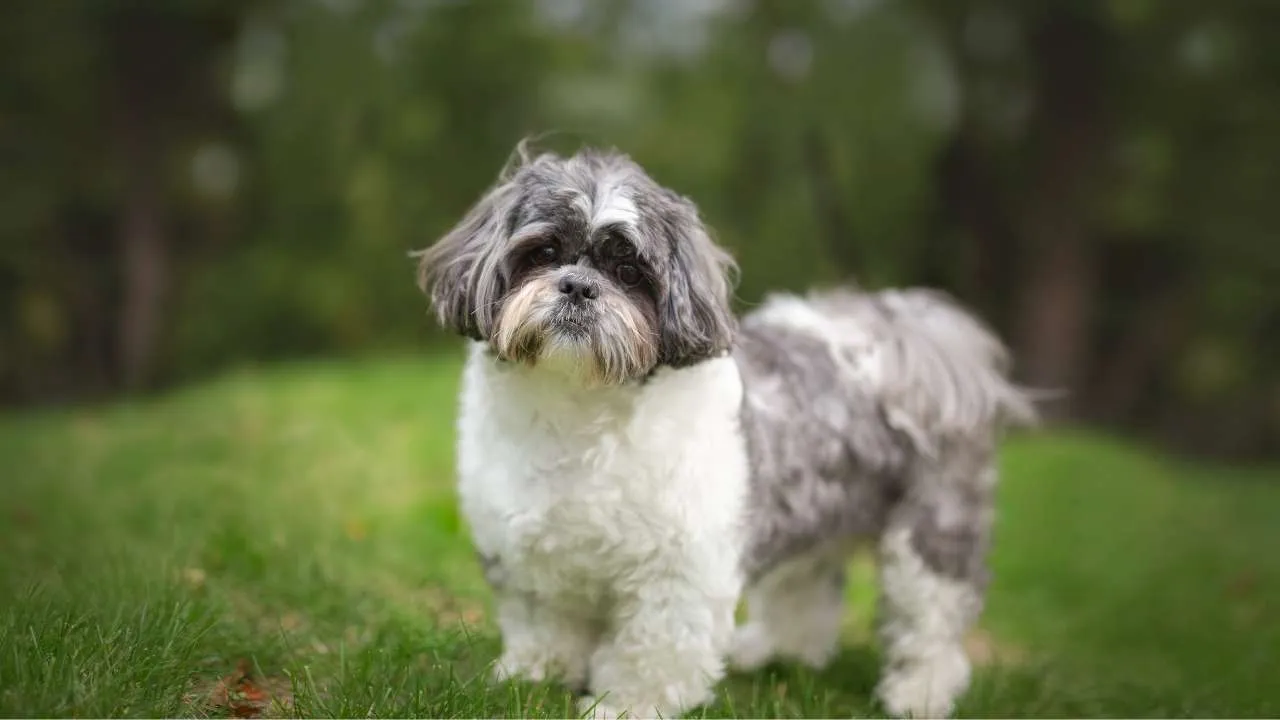
Shih Tzus are naturally low-exertion dogs that don’t rely on open areas for stimulation. They’re content strolling across rooms rather than seeking longer paths. This makes them efficient at self-regulating movement within four walls.
Doesn’t Demand Environmental Change
Their stress levels remain stable even with repeated indoor routines or minimal scenery variation. New smells or extended outdoor walks aren’t necessary to keep them mentally engaged. A consistent indoor schedule suits them perfectly.
Indoor-First Temperament
They’re not drawn to outdoor sounds or activity and rarely respond to things beyond their living space. Their curiosity remains local, reducing barking or agitation near windows. That calm makes them well-suited for tightly packed homes.
Grooming Tolerance in Small Homes
Shih Tzus tolerate frequent coat care without requiring large spaces or messy cleanup zones. Owners can manage full grooming routines on a small mat or corner table. Their ability to stay still during these sessions reduces stress in compact setups.
Conclusion
You don’t have to give up the dream of having a dog just because you don’t have outdoor space. These breeds don’t just survive in small homes—they enjoy them.
Their energy levels stay balanced with a few indoor games or light walks. Some are couch potatoes who barely move unless you do. Others love a little indoor play and maybe about an hour of activity a day.
Most were bred for human company—whether it’s a toy dog curled on your lap or a little lion dog following you from room to room.
With their calm nature, moderate exercise needs, and minimal grooming, they check all the boxes. You bring the love. They bring the rest.


